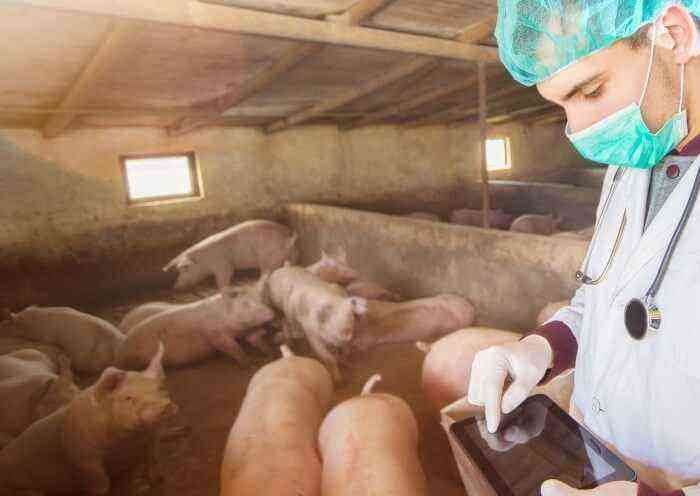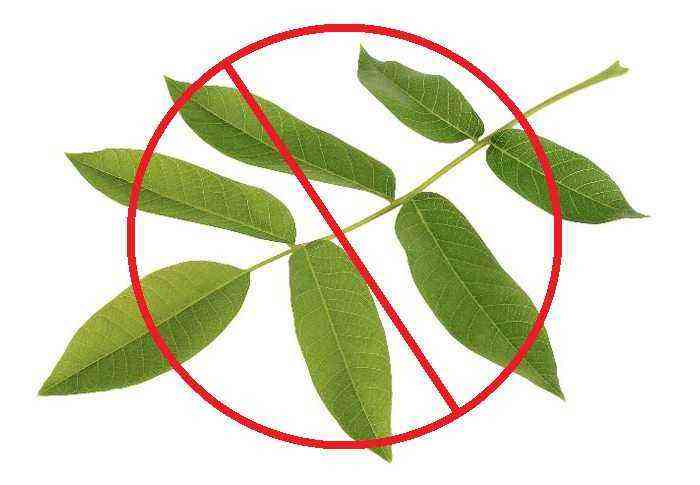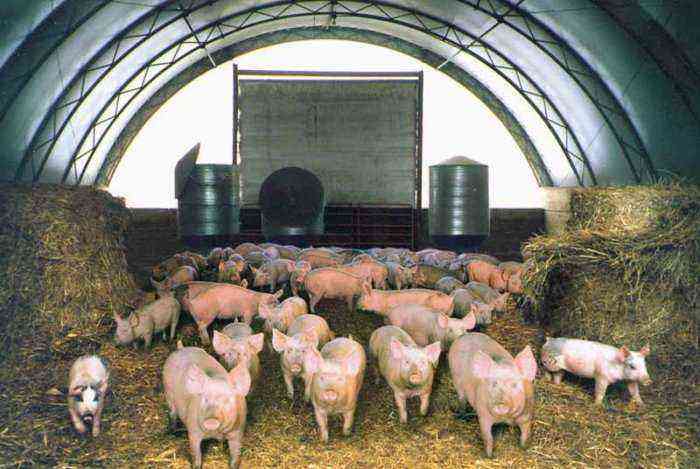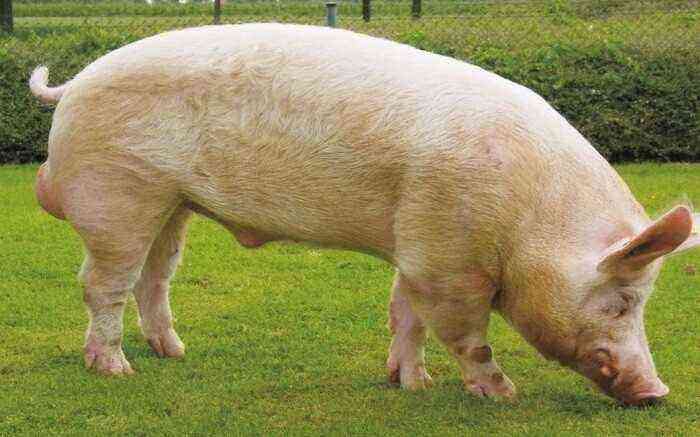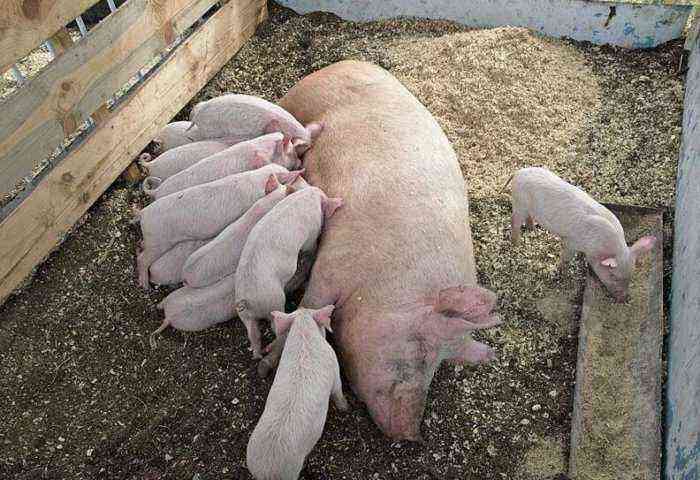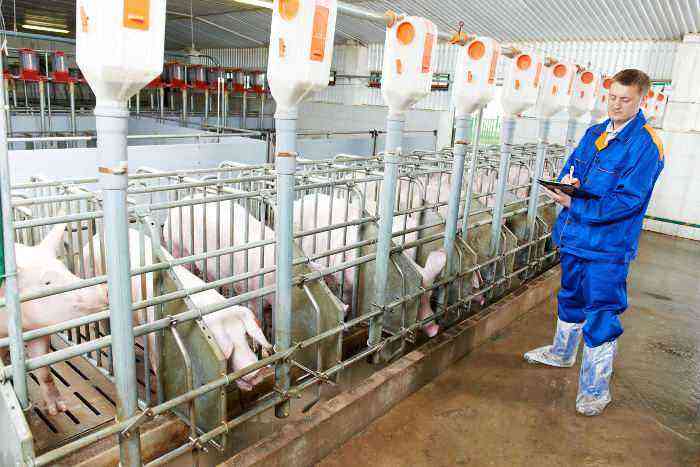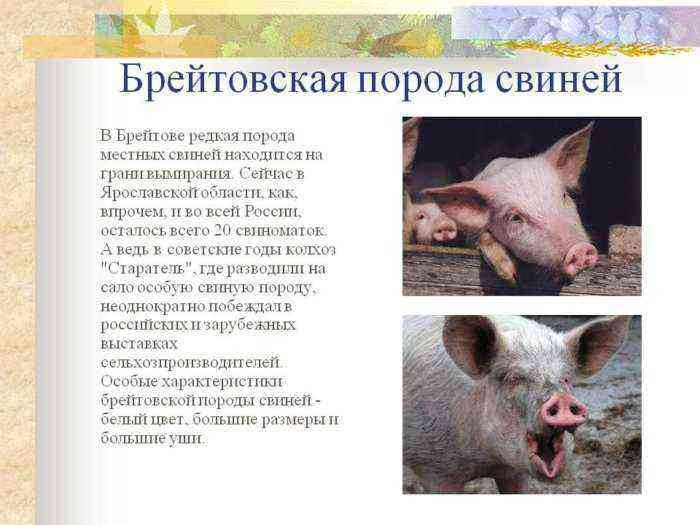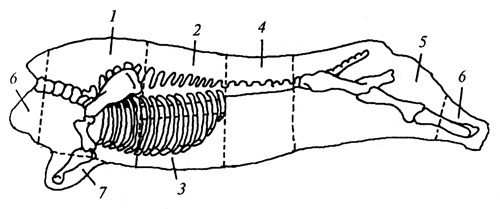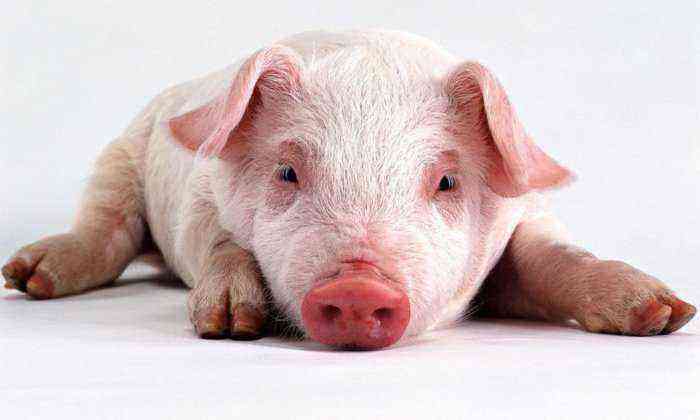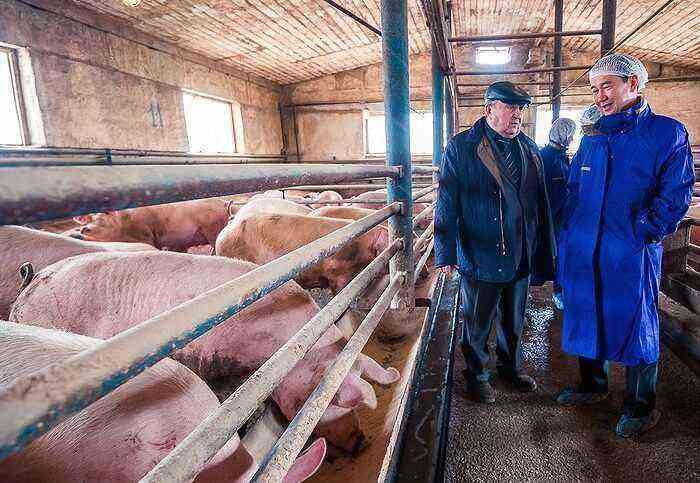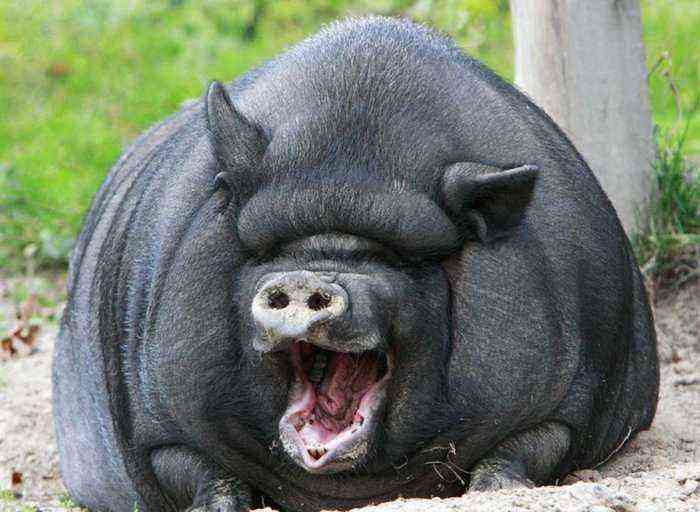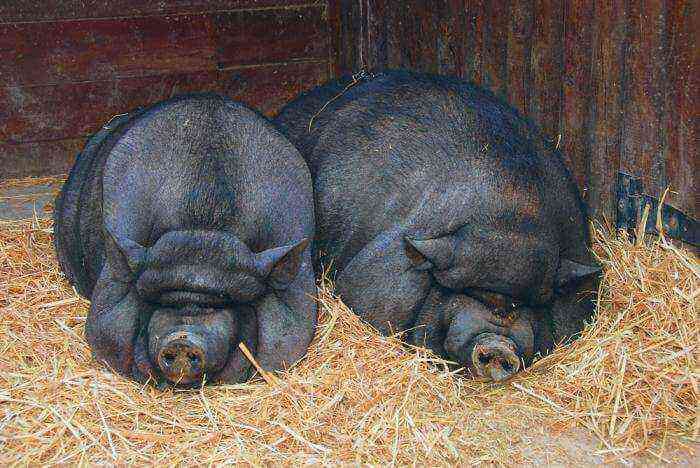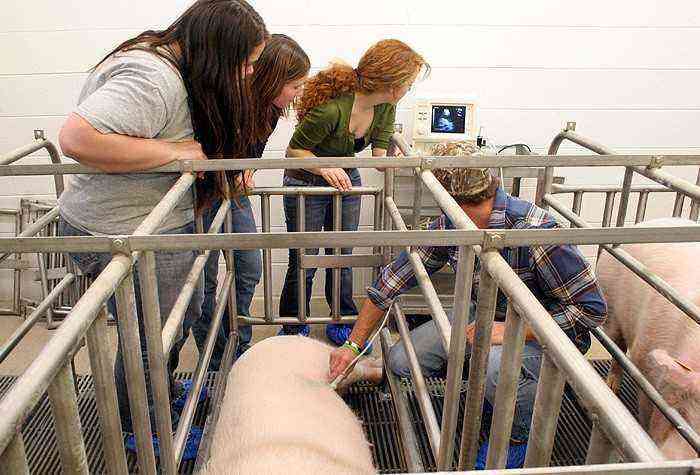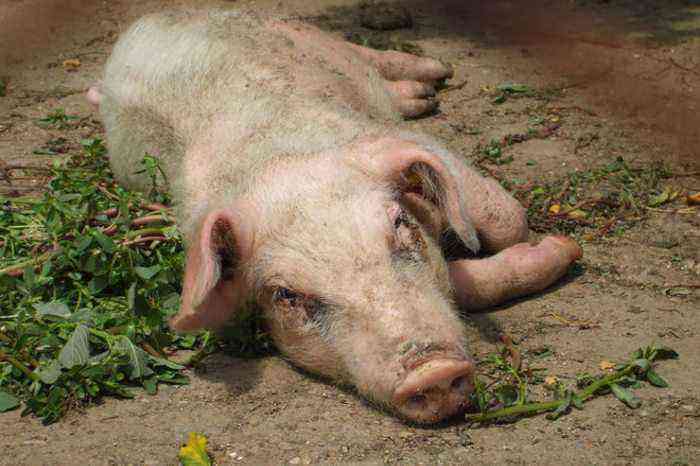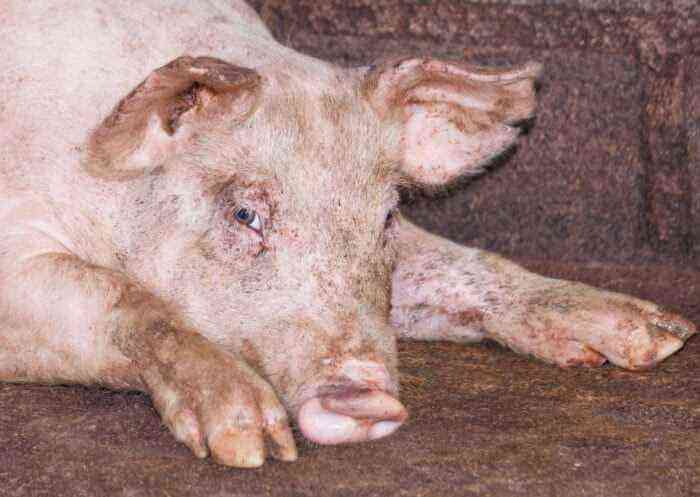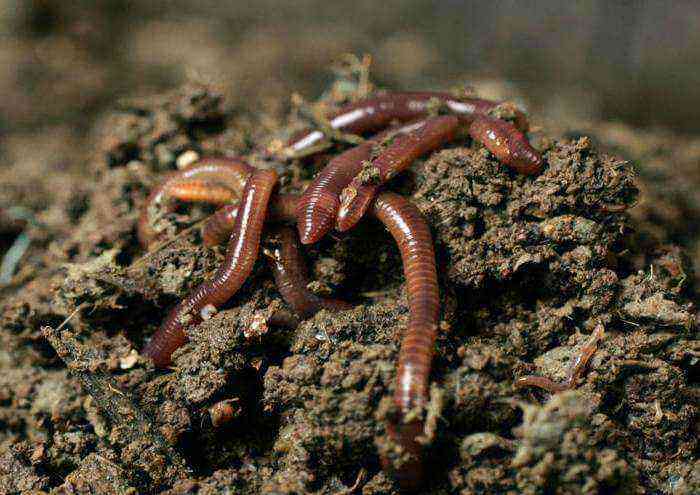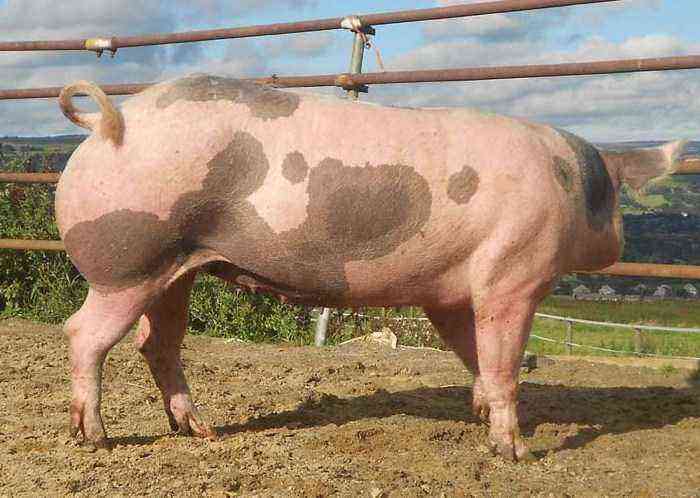Swine flu is dangerous because it is an extremely infectious disease. If its symptoms are not detected in a timely manner, a large part of the herd may soon become infected with it. And although the mortality rate for such a disease is quite low, it is still capable of causing quite serious damage to the productivity and health of animals. In addition, a person is also sensitive to the causative agent of such a disease, which further complicates the situation.
swine flu in pigs
What is swine flu in pigs?
Swine influenza (Swine influenza) refers to diseases of the respiratory type. In animals, it is provoked by the pathogen, which is the H1N1 virus. The first case of this virus was identified in 1930 by the American scientist Richard Shope. At that time, swine flu in pigs was traced only to North America and Mexico. The epidemic spread to Europe and Asia by 2009.
It should be noted that swine flu is an infectious disease. The greatest number of cases of infection of pigs with this virus can be traced in the second half of autumn and winter. But, quite often the disease occurs in the rest of the year. In this case, the transmission of the pathogen can occur in various ways:
- Airborne with close contact of animals.
- Through the objects and elements of the room in which sick pigs were kept. A dried or frozen pathogen can be in suspended animation for 4 years. If during this time it again enters the respiratory tract of animals or humans, the virus is activated again and begins to multiply.
- Through manure.
- With general feeding.
- Through service personnel who became infected from sick animals. Cases of illness of veterinarians and laborers who have been in contact with infected livestock are quite common.
It was also found that the pathogen is able to live in the body of earthworms for 2 or more years, and even be transmitted to young individuals during reproduction. At the same time, when the pigs tear the soil and eat the worms, the virus enters a favorable environment and begins to actively develop.
In general, although swine flu is extremely severe, for adults it is in most cases not fatal. But if young animals are susceptible to infection, then in 10-60% of cases the disease causes a fatal outcome. In addition, even if the pig survives, its productivity is significantly reduced. What is more characteristic of the effect of this pathogen is the fact that when tissues are damaged, it can create favorable conditions for the development of various pathogenic microflora. It in turn can cause secondary more severe diseases that aggravate the general condition of the pig.

Pathology can cause secondary more severe diseases
In animals and humans, the manifestations of swine flu are most often similar. It can be expressed in acute, subacute and atypical form. In this case, the incubation period, depending on the condition of the animal and a number of other factors, can range from 1 day to a week.
Symptoms and signs
As already noted, swine flu refers to respiratory diseases. It enters the body through the respiratory tract. Here it settles on the mucous membrane of the trachea and bronchi, gradually penetrating into the upper balls of the epithelium. The virus develops especially rapidly when it enters the exudate, which collects in the respiratory tract during periods of dampness and cold.
Once in the trachea or bronchi, the virus begins to actively develop and multiply. This causes serious damage to the mucous membrane of the respiratory tract, followed by inflammation of the upper layer of tissues. In the process of the development of the disease, necrosis of the upper cells is traced, after which they are rejected and brought out with a cough.
In addition, in the process of life, the pathogen is able to synthesize toxins that can cause disturbances in the functioning of the nervous and cardiovascular systems. Blood vessels are especially affected. Under the influence of the virus, their walls become thinner, and the vessels often burst, which manifests itself in bruising on the skin, as well as in nosebleeds and minor hemorrhages in the internal organs and mucous membranes of the respiratory tract.
Based on the listed changes in the body that swine flu causes, typical symptoms in pigs are manifested in the following points:
- heat. As a rule, it reaches 41-42 degrees and is evidence that the body is trying to fight the pathogen;
- general lethargy of the animal and loss of appetite;
- wheezing in the lungs and bronchi;
- gradually worsening cough;
- mucous discharge from the nasal cavity;
- inflammation of the lining of the eye (conjunctivitis);
- in some cases, nasal hemorrhages and dry scabs in the nickel area can be traced;
- often the disease is accompanied by a strong increase in the lymph nodes on the body;
- difficulty breathing with the transition to the abdominal.
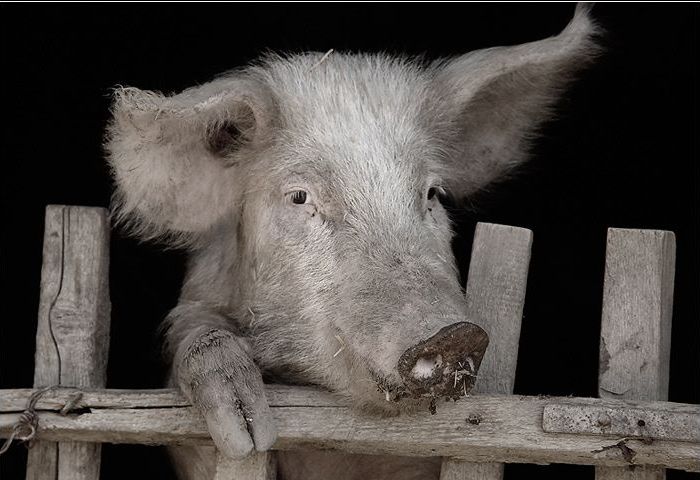
Symptomatology of the disease
Also, against the background of lethargy, a deeper state of depression can develop. It lies in the fact that the pig lies most of the time and in no way reacts to what is happening around. If the disease has been progressing in the body for some time, it affects the functioning of the heart and circulatory system. The most striking sign of this phenomenon is that the skin in the abdominal part of the body acquires a bluish tint.
When delayed with treatment, the virus can infect the joints and muscles of animals. As a result, all movements cause them pain, which manifests itself in external signs (stiffness, atypical movements, decreased activity).
In adults with a developed immune system, the disease resolves within 7-10 days, followed by recovery. If the pig’s body was weak at the time of infection, swine flu can be accompanied by various complications, including blood poisoning. As a result, the animal quickly dies.
For piglets, the development of the disease is especially difficult. Against its background, secondary diseases often develop, which can be identified by their accompanying clinical signs.
Diagnostics
Diagnosis of swine flu, like any other disease, is based on the identification of clinical symptoms and laboratory tests. In the second case, samples taken from a sick pig are studied. This research is carried out in two ways:

Examination of a nasal wash or scraping from the nasal cavity
- Examination of a nasal wash or scraping from the nasal cavity. The resulting material is exposed to various sera, which help to identify the exact strain of the pathogen.
- Examination of a blood sample. In this case, the goal is not to identify the influenza virus itself, but the antibodies developed to fight it. Within 10-14 days from the onset of the disease, their amount in the blood increases by more than 2 times. And if such an increase is traced, then the pathogen is present in the blood and its exact identification is carried out.
Reference. The H1N1 virus and its derivatives are similar in symptoms and development to many other respiratory diseases. Therefore, laboratory tests during diagnosis are mandatory to accurately determine the nature of the pathogen.
Treatment
There is currently no specific vaccine for swine flu. Treatment is implemented mainly with antibiotics and drugs aimed at eliminating symptoms. Also, sulfanilamide preparations are used to combat pathogens, secondary diseases, among which sulfadimezin and norsulfazol are the most popular. Immune sera help to enhance the action of the main drugs and the animal’s own defense mechanisms. Depending on the type, they are injected subcutaneously or applied as an aerosol.
Also, for the duration of treatment, the animal is placed under quarantine with special conditions of detention. For quarantine, a well-ventilated warm room is suitable, in which manure, dirt and food residues are regularly cleaned. The diet is also changing. It is based on liquid slurries, which are easily digested and do not require large amounts of energy for digestion. To improve the animal’s appetite, anise or dill oils are added to such food, which enhance the smell of food.
Prevention
Prevention of swine flu on farms involves two main areas. The first is to avoid contact with potential pathogen sources. The second direction is the general strengthening of the protective mechanisms of the pig population.
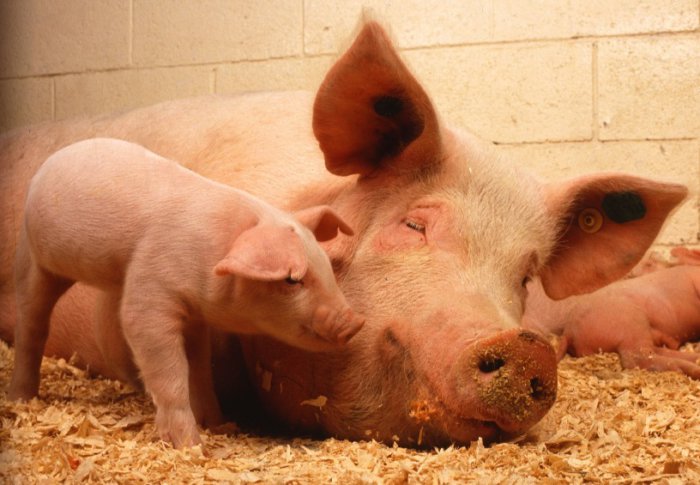
Keeping pigs in clean and warm rooms
The main preventive measures in both areas include:
- Keeping pigs exclusively in dry, clean and warm rooms. It is especially important to observe these points in the autumn and winter, when the disease spreads especially actively.
- Ensuring a balanced diet that includes all the necessary vitamins and minerals. In the cold season, it is desirable to supplement the diet with vitamin supplements, mineral and energy complexes.
- Exclusion of crowded content of the herd.
- Organization of events for hardening young animals. To do this, arrange special covered pens, in which pigs are periodically, but not for long, walking with the onset of cold weather.
- Compliance with the quarantine content of newly acquired pigs. The period of isolation is at least 30 days. If there are no pronounced symptoms, the animal is placed in the main herd.
- The use of alogogenic serums that strengthen the immune system of animals.
- Periodic disinfection of pig-breeding premises with solutions of 4% hydrogen peroxide, slaked lime, 2% iodine monochloride.
Attention! It is strongly discouraged to buy pigs from other farms during the period from late autumn to early spring. Especially if the delivery requires a long journey. During transportation, the animal can catch a cold and cause an epidemic on the farm.
If during the observation of the livestock, some individuals are suspected of having swine flu, they are immediately isolated. For the care of such pigs in large farms, separate personnel are allocated, who should not be in contact with other animals. The machine or room in which the sick animal is kept is disinfected daily.
Conclusion
Due to its contagiousness and pronounced negative impact on the body, swine flu can cause extremely serious damage to the pig farm. That is why it is much easier and cheaper to avoid the disease than to treat it. Moreover, the main part of preventive measures is the proper maintenance and care of pets. But, if, nevertheless, it was not possible to avoid the virus, measures must be taken immediately.
